It would be an exaggeration to describe the events that took place last week, two miles along Michigan Avenue, as “a resurrection.” But even by Detroit standards, it was quite a comeback. For there, in the midsummer sun of June 6, stood Michigan Central Station, Detroit’s most notable and infamous building, finally restored to its full glory after the better part of four decades in the void.
And no, the miracle did not involve the return of trains. Instead, there was a concert featuring some of Detroit’s biggest musical alumni – Diana Ross, Jack White, Eminem – and a booming fireworks display. Yet it marked a moment that many in the city had thought impossible: the day that an architectural icon from a distant, damaged past would return to the present.

The term “ruin porn” – that photographic fascination with once-glorious monuments reduced to despair – might have been coined for this 15-storey quasi-cathedral of marble and limestone. Certainly, in the 36 years since the last train had pulled away, on January 6, 1988, countless cameras had drooled over the broken windows and roofless interior.
But worse, the station had become a symbol of Detroit’s own demise. It was a visual representation of a city that had freely risen at the turn of the 20th century – the birthplace of the automobile; home to General Motors, Ford and their tireless factories; a boom zone where graceful Art Deco skyscrapers had taken off in the Roaring Twenties – only to end up in crisis. The contributing causes are well documented – the Wall Street Crash, the Depression, World War II, the race riots of the 1960s; each blow sends wealthier (and generally whiter) residents increasingly rushing to the suburbs. By 1988, Michigan Central, the gateway through which thousands had flowed north in search of work on the production lines, had been reduced to nothing.
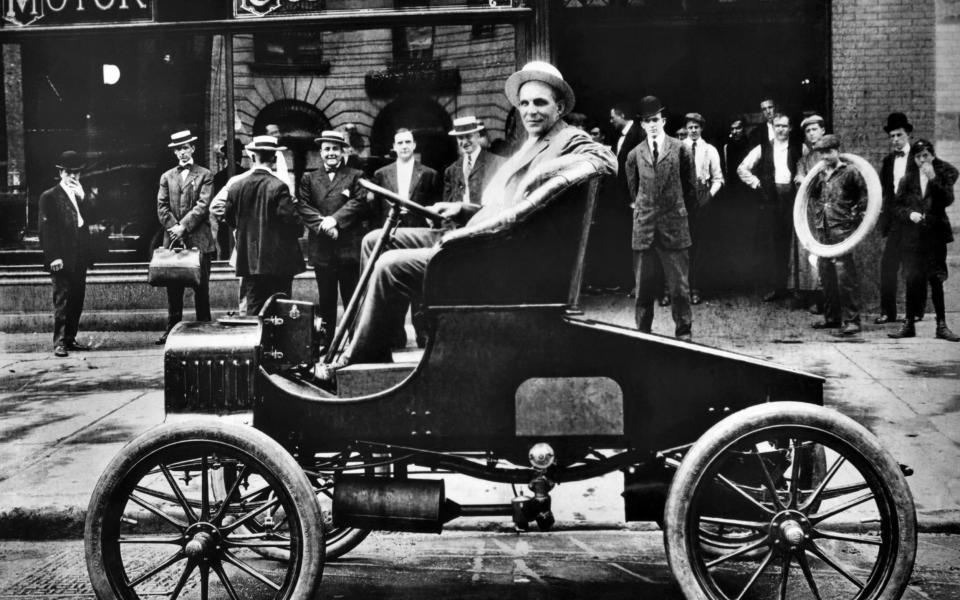

But Detroit’s death has always been somewhat exaggerated. Even in its toughest years, it was a place of tireless work ethic and hard industry – this sweat and steel was softened by an impressive musical streak that nurtured the likes of Madonna, Iggy Pop, the MC5 and a whole galaxy of Motown acts.
However, the optics of the station’s revival cannot be underestimated. The reopening is to some extent a PR exercise. An expensive one. Ford bought the site in 2018 and has since pumped $1 billion into its well-being. But the joy that has greeted the renovation is genuine. The 15,000 free tickets for the concert could have been distributed many times over; every one of the 5,000 timed entry slots for the ‘open house’ tours running until June 16 has been booked. The morning after the show, lines of visitors snaked around the block in front of the complex.
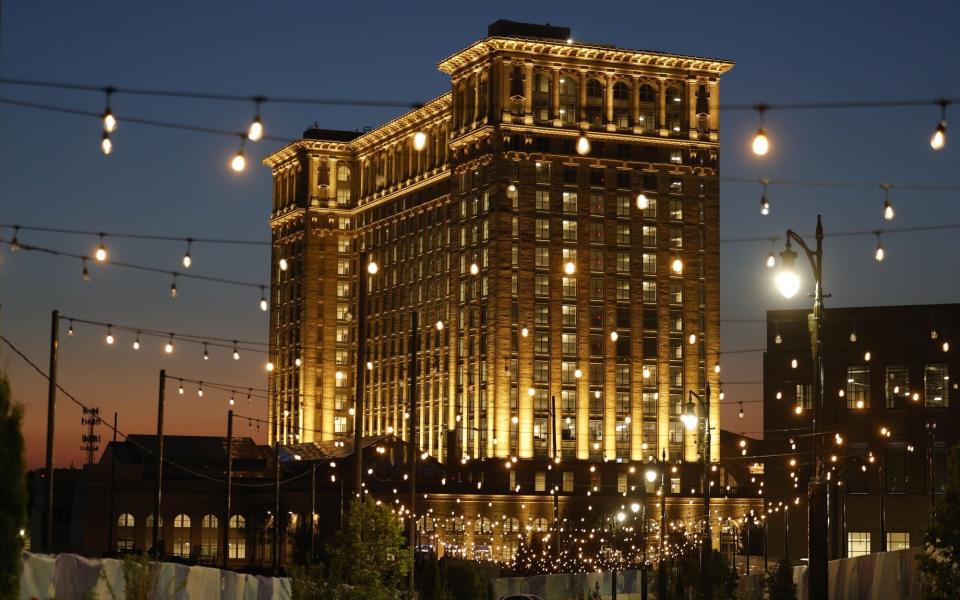

Ford has ambitious plans for its expensive project and plans to fill the offices on the top floors – which were never fully occupied even in the Roaring Twenties – with technology companies and innovative start-ups. But the ground floor will be open to the public.
“People in Detroit have a strong emotional connection to this building,” said Melissa Dittmer, one of the architects behind the restoration. “They worked here, they took the train here, they met family here.” When work began, she explains, the furniture that had disappeared from the ruins was quietly returned – not least the iron clock that had decorated the adjacent Coach House. This was found, carefully packaged, at a certain location after an anonymous phone call. “Many pieces have actually been taken into custody,” she adds. “We continue to receive emails about things that may come back.”
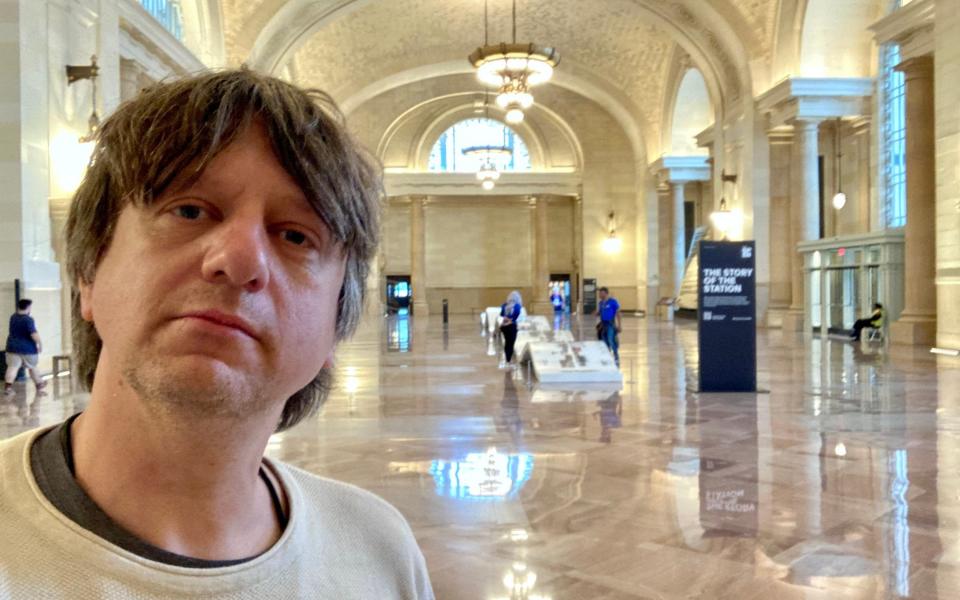

However, the process was more than a matter of reconfiguring a puzzle. “The first eighteen months were all about stabilizing the structure and ensuring it was safe for people to work in,” Dittmer continues. “We also did extensive historical research, collecting the original blueprints and going back to the first drawings.”
This attention to detail is palpable. The Grand Hall – a sparkling space with arches and chandeliers, comparable to New York’s Grand Central – has been polished to its former majesty. And the ticket office has been cleverly repurposed: as a gallery, where various posters celebrate Detroit’s story, through advertisements for steam locomotive tours and vintage flyers for concerts at the Fox Theater and the Fillmore.
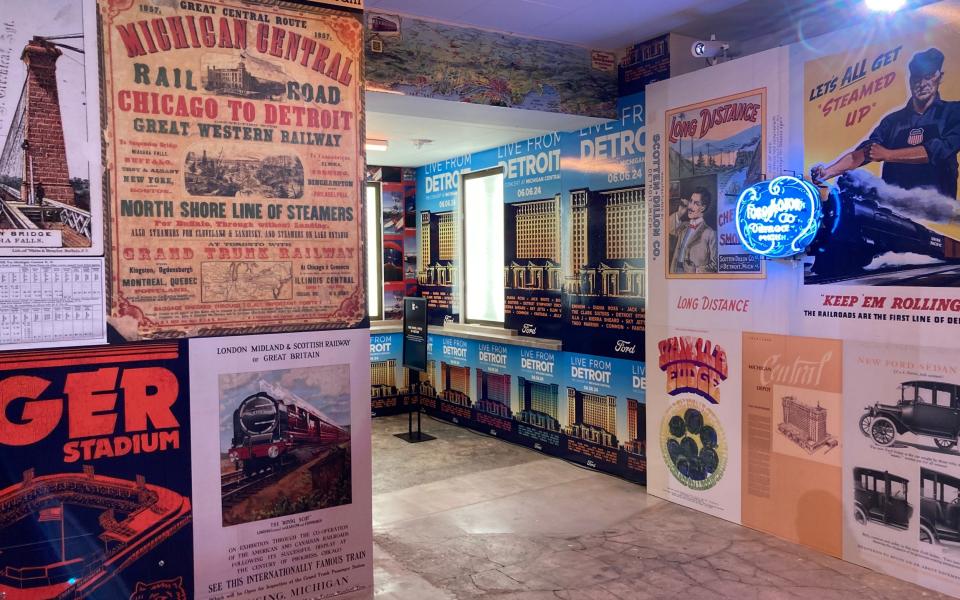

Other areas are still artful, deliberate and distressed – columns where the limestone is speckled with water stains; graffiti murals from the desolate decades. “The building was a living canvas back then,” Dittmer says. “And that was an important chapter in its history. We didn’t want this to be airbrushed.”
The return of the station has proven to be a gift to the surrounding neighborhood. In the six years since Ford announced its plans, investment has flowed into Corktown. Steeped in its own history, Detroit’s oldest district took shape beginning in 1834, with its ranks expanded by Irish immigrants escaping the Great Famine. Twenty years ago it was as dilapidated as any part of the city. Now it has a renewed energy, not just in the sought-after apartment complexes along Michigan Avenue, but also in cool restaurants (the char-grilled meats at Slows Bar BQ; the Italian cuisine at Ottava Via) and a Hilton hotel — the Godfrey — that matters has helped make Corktown a destination in its own right.
You could even think of it as a plan coming together. One of the station’s problems has always been its location: an inconvenient two miles west of Downtown. In 1913, the dream had been of a commercial magnet that would pull businesses from downtown and connect the dots in a new burst of expansion. Maybe the idea was always good. It only took 111 years.
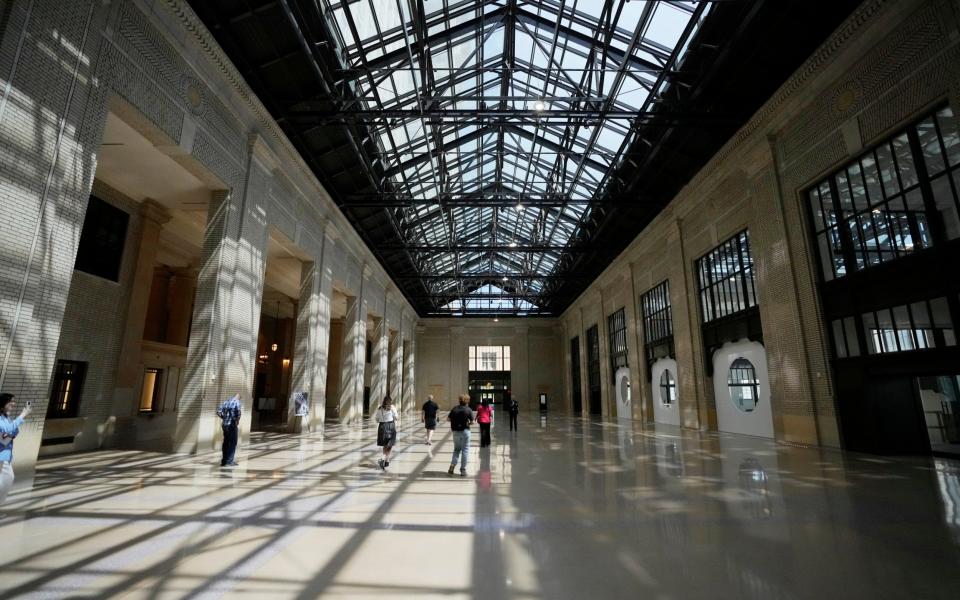

The transformation is remarkable even for those who have long called the city home — including Bailey Sisoy-Moore of Detroit History Tours, whose roots run deep in Michigan soil. Like many locals, she alludes to teenage escapades sneaking into the station during its lost decades and is audibly proud that it has been revived. “I never thought I would live to see the day it opened again,” she says behind a huge grin.
Her own story parallels the city’s upward curve. She founded her company in 2010, when Detroit had plenty to look back on, but less to celebrate. In the intervening fourteen years, the business community has grown enormously. Tours now cover everything from the optimistic architecture that preceded the crash, and Downtown’s dining hotspots, to famous criminals, baseball and the American Civil War. She shows me some of the other green shoots sprouting outside Corktown – not least Riverside Park, which opened new sections in May. A barbecue after the wedding will take place on the grass.
The station is not the only major construction site. Just down the road to the southwest, the Gordie Howe International is almost coming to a close: a spectacular suspension bridge named after the hockey player whose career included 25 seasons with the Detroit Red Wings. When completed, it will connect the city with Windsor, Canada, on the other side, and be called ‘International’.
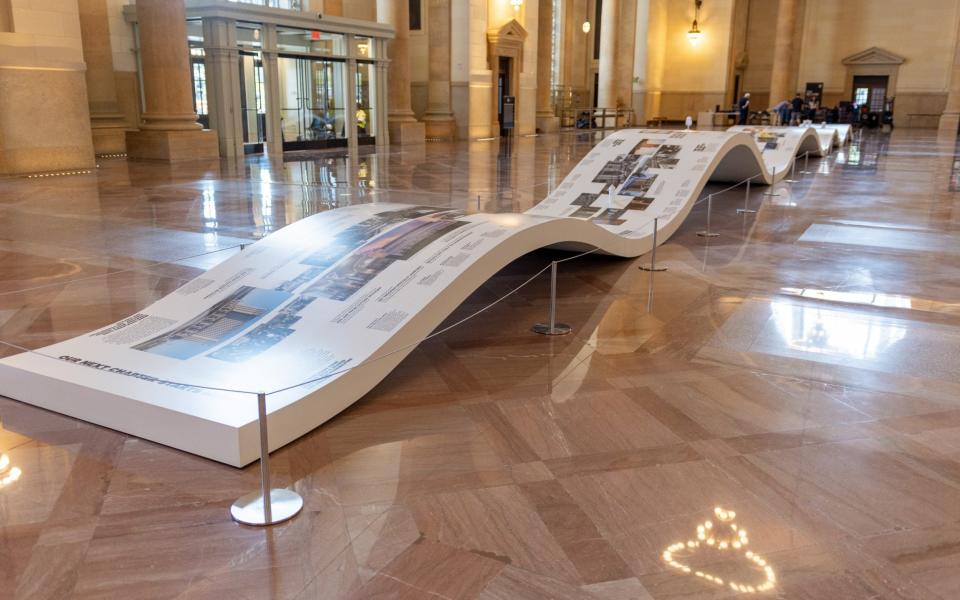

But you don’t need a guide to explore history. It’s evident there to the north, in Milwaukee Junction, where the Ford Piquette Avenue plant protects the original production center for the Model T, with many examples of the car on display.
It’s there too, seven minutes west of downtown Dearborn, amid the classic cars and museum village of the Henry Ford complex. And this is before you delve into the gold discs and studio alchemy of the Motown Museum – already an essential stop on a city tour, now halfway through a $55 million (£43 million) rejig that will only add to its shine brush up.
But despite all these yesterdays, for the first time in a long time there is a good picture of today and tomorrow. Downtown, once the heart of the vacuum, has also grown in the roughly fourteen years since Michigan billionaire philanthropist Dan Gilbert began acquiring and reinvigorating historic skyscrapers — like the Dime Building and the David Stott Building .
This mood has proven to be contagious. Outside restaurants and bars on Woodward Avenue – San Morello; Gilly’s Clubhouse – there’s an evening crowd and a noticeable buzz. And I’m noticing signs of change that weren’t apparent to me on previous visits: dogs being taken out on evening walks for relaxation and pleasure; the clear hum of children’s voices and the prams in residential stairwells that speak of family life. If this transformation continues, America’s most misunderstood major city is in serious danger of finally getting a fair trial.
How to do that
How do you get there?
Delta (0871 221 1222; delta.com) flies direct from Heathrow to Detroit twice a day.
Stay there
The Godfrey Detroit (001 313 385 0000; hilton.com) offers double rooms from £125. The Hotel David Whitney (001 313 237 1700; marriott.com) offers double rooms from £330.
Tour there
Original Travel (020 3958 6120; originaltravel.co.uk) serves up ‘Art, Architecture and Music in the Midwest’ – a nine-day road trip through Michigan and Ohio, with time spent in Detroit and Cleveland. From £2,430 per person – including flights and rental car.
Visiting
michigancentral.com; detroistorytours.com; fordpiquetteplant.org; thehenryford.org; motownmuseum.org
More information
visitdetroit.com; michigan.org; visittheusa.co.uk